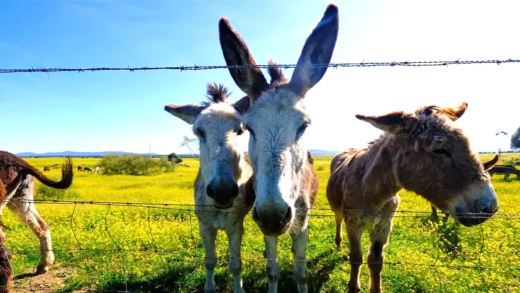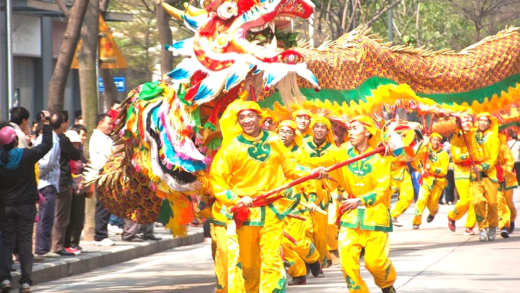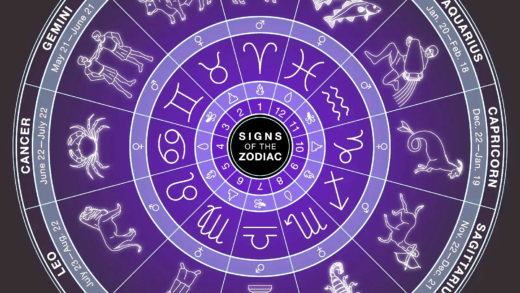This article explores the fascinating journey of cat domestication, tracing its origins over 9,000 years ago and highlighting the evidence supporting this evolution. Key points include the significant role of agriculture in attracting wild cats, the behavioral differences between domestic and wild felines, and the unique bond formed between cats and humans, suggesting a mutual domestication process.
The Origins of Cat Domestication: When Did It All Start?
Cat domestication history dates back over 9,000 years. It began in the Near East, where humans transitioned from nomadic lifestyles to settled farming. This shift created a stable food supply, attracting rodents. Naturally, wild cats followed suit, drawn to the abundance of prey.
Evidence of cat domestication includes archaeological finds. In Cyprus, researchers discovered a cat buried alongside a human in a grave dated to around 7500 BC. This suggests a close relationship between cats and humans even then. Over time, people began to appreciate the benefits of having cats around, primarily for pest control.
In summary, the origins of cat domestication lie in the agricultural revolution. The relationship blossomed as both parties found mutual benefits, marking the beginning of a fascinating journey that continues today.
Evidence of Cat Domestication: What Do We Know?
Evidence of cat domestication is compelling. Genetic studies reveal that domestic cats share a significant portion of their DNA with wild ancestors, particularly the African wildcat. This connection illustrates how cats transitioned from wild hunters to beloved companions.
Fossil records support this transition, showing a gradual adaptation. For instance, domesticated cats exhibit changes in size and behavior compared to their wild relatives. They have developed traits that favor living closely with humans, such as a less aggressive temperament.
- Archaeological sites reveal cat remains alongside human settlements.
- Genetic analyses indicate domestication events in various regions.
- Behavioral studies highlight differences between domestic and wild cats.
In conclusion, the evidence of cat domestication is multifaceted, combining archaeological, genetic, and behavioral data. This body of knowledge underscores the deep bond formed between humans and cats over millennia.
How Cats Became Pets: The Transition from Wild to Domestic
The transition from wild cats to pets is a fascinating tale. Initially, cats were attracted to human settlements due to food sources. Over time, a unique relationship developed, where humans began to tolerate and even cherish these creatures.
As cats adapted to living near humans, they became less fearful and more sociable. This shift made them ideal companions. Unlike dogs, which were actively bred for specific traits, cats largely domesticated themselves. They chose to live with humans, benefiting from the food and shelter we provided.
- Wild cats ventured into human habitats for food.
- Humans appreciated cats for their pest control abilities.
- Over generations, mutual benefits solidified the bond.
In essence, the journey of cats becoming pets is a testament to their adaptability and the serendipitous nature of human-animal relationships. They weren’t just domesticated; they became part of our lives, shaping our homes and hearts.
The Role of Humans in Cat Domestication
The role of humans in cat domestication is significant. Initially, humans provided a stable food source through agriculture, which attracted wild cats. These felines offered a valuable service by controlling rodent populations, benefiting both parties. This mutualistic relationship paved the way for domestication.
Humans didn’t actively domesticate cats like they did with dogs. Instead, cats adapted to human environments, gradually becoming more sociable. This led to a unique bond, where humans appreciated cats for their hunting skills and companionship. Over time, humans began to treat cats as members of their households.
- Humans provided food and shelter.
- Cats helped control pests, enhancing agricultural success.
- The relationship evolved into companionship, fostering loyalty.
In conclusion, humans played a crucial role in cat domestication by creating environments where cats could thrive. This relationship transformed over centuries, leading to the cherished bond we share with our feline friends today.
Did Cats Choose Us?: Exploring the Cat-Human Relationship
Did cats choose us? This question is intriguing. Unlike dogs, which were actively bred for specific traits, cats essentially domesticated themselves. They were drawn to human settlements for food and safety, gradually forming a symbiotic relationship.
Cats display unique behaviors that indicate their comfort around humans. They often seek out human attention, purring and rubbing against our legs. This behavior suggests that cats have indeed chosen to live alongside us, enjoying the benefits of companionship and care.
- Cats approached humans for food and protection.
- They became less fearful and more sociable over time.
- Today, many cats exhibit affection towards their human companions.
In summary, cats have a remarkable ability to adapt to human life, suggesting that they may have chosen us as much as we chose them. This unique relationship continues to evolve as we learn more about their behaviors and needs.
The Evolution of the Cat-Human Bond
The evolution of the cat-human bond has been a fascinating journey. From their wild origins, cats have transformed into beloved pets in our homes. This bond has changed significantly over thousands of years, influenced by cultural attitudes and lifestyles.
Initially, cats were valued primarily for their hunting prowess. As societies evolved, so did our perception of cats. They began to take on roles beyond mere pest controllers, becoming companions that enrich our lives.
- In ancient Egypt, cats were revered and even worshipped.
- In medieval Europe, they were associated with superstition and witchcraft.
- Today, they are celebrated as cherished family members.
In conclusion, the evolution of the cat-human bond reflects changing societal values and the deepening connection we share. This relationship continues to thrive, highlighting the importance of cats in our lives and culture.
Breeds and Their Wild Ancestors: Are Some Cats Closer to Their Roots?
Cat domestication history reveals fascinating connections between domestic breeds and their wild ancestors. The African wildcat, or Felis lybica, is considered the primary ancestor of modern domestic cats. Some breeds, like the Abyssinian and the Siamese, exhibit traits that harken back to these wild origins.
Research indicates that certain cat breeds maintain a closer genetic link to wildcats. For example, the Bengal cat is a hybrid breed, developed from crossing domestic cats with the Asian leopard cat, which gives them a distinctive spotted coat and a more active temperament.
- Many breeds retain physical characteristics reminiscent of their wild ancestors.
- Genetic studies show that breeds like the Norwegian Forest Cat exhibit traits suited for survival in the wild.
- Understanding these connections can enrich our appreciation for the diverse felines we share our homes with.
In summary, examining the lineage of various cat breeds provides insights into their behaviors and physical traits, reminding us of their wild heritage while celebrating their role as companions.
Agriculture’s Impact: How Farming Affected Cat Domestication
The development of agriculture played a pivotal role in cat domestication. As humans transitioned to farming, they created stable food sources that attracted rodents, which in turn drew wild cats. This environmental change fostered a mutually beneficial relationship.
Farmers welcomed cats for their natural hunting skills, which helped control rodent populations. Over time, this relationship evolved as cats became more integrated into human lives. The domestication process accelerated as cats learned to thrive in human environments.
- Stable food sources attracted wild cats to agricultural areas.
- Cats provided pest control, enhancing farming success.
- This symbiotic relationship led to a gradual transition from wild to domestic.
Ultimately, the impact of agriculture on cat domestication is profound, shaping not only the cats we know today but also the dynamics of human-animal interactions.
Behavior Differences: How Domestic Cats Differ from Their Wild Relatives
Behavioral differences between domestic and wild cats are striking. Domestic cats have adapted to human environments, displaying traits that enhance their compatibility with people. For instance, domestic cats tend to be more social and less aggressive compared to their wild counterparts.
Wild cats, such as lions and tigers, exhibit territorial behaviors and complex social structures. In contrast, domestic cats often display a more flexible social behavior, forming bonds with humans and other pets. These adaptations have been influenced by thousands of years of cohabitation with humans.
- Domestic cats are generally more affectionate and seek human companionship.
- Wild cats rely on instinctual behaviors for survival, including hunting and territorial marking.
- Understanding these differences can help cat owners provide better care and enrichment for their pets.
In conclusion, the behavioral contrasts between domestic and wild cats reflect their unique evolutionary paths, highlighting the ways in which domestication has shaped their personalities and interactions with humans.
Have Cats Domesticated Us?: A Fun Look at Our Relationship
Exploring whether cats have domesticated humans offers a playful perspective on our relationship. While we often think of ourselves as the ones in control, cats exhibit behaviors that suggest they have influenced human lives profoundly.
Cats have a unique ability to charm their way into our hearts and homes. Their purring, kneading, and playful antics create strong emotional bonds. Many cat owners would agree that their feline friends have a way of demanding attention and affection, almost as if they are training us to cater to their whims.
- Cats often manipulate our behaviors through their demands for food and affection.
- They have a knack for finding the coziest spots in our homes, often commandeering our spaces.
- This playful dynamic raises the question: who is really in charge?
In conclusion, the relationship between cats and humans is a delightful dance of mutual influence. While we may have provided the homes and food, it’s clear that cats have also shaped our lives in remarkable ways, proving that the lines between domesticated and wild are not as clear-cut as we might think.





Comments are closed.